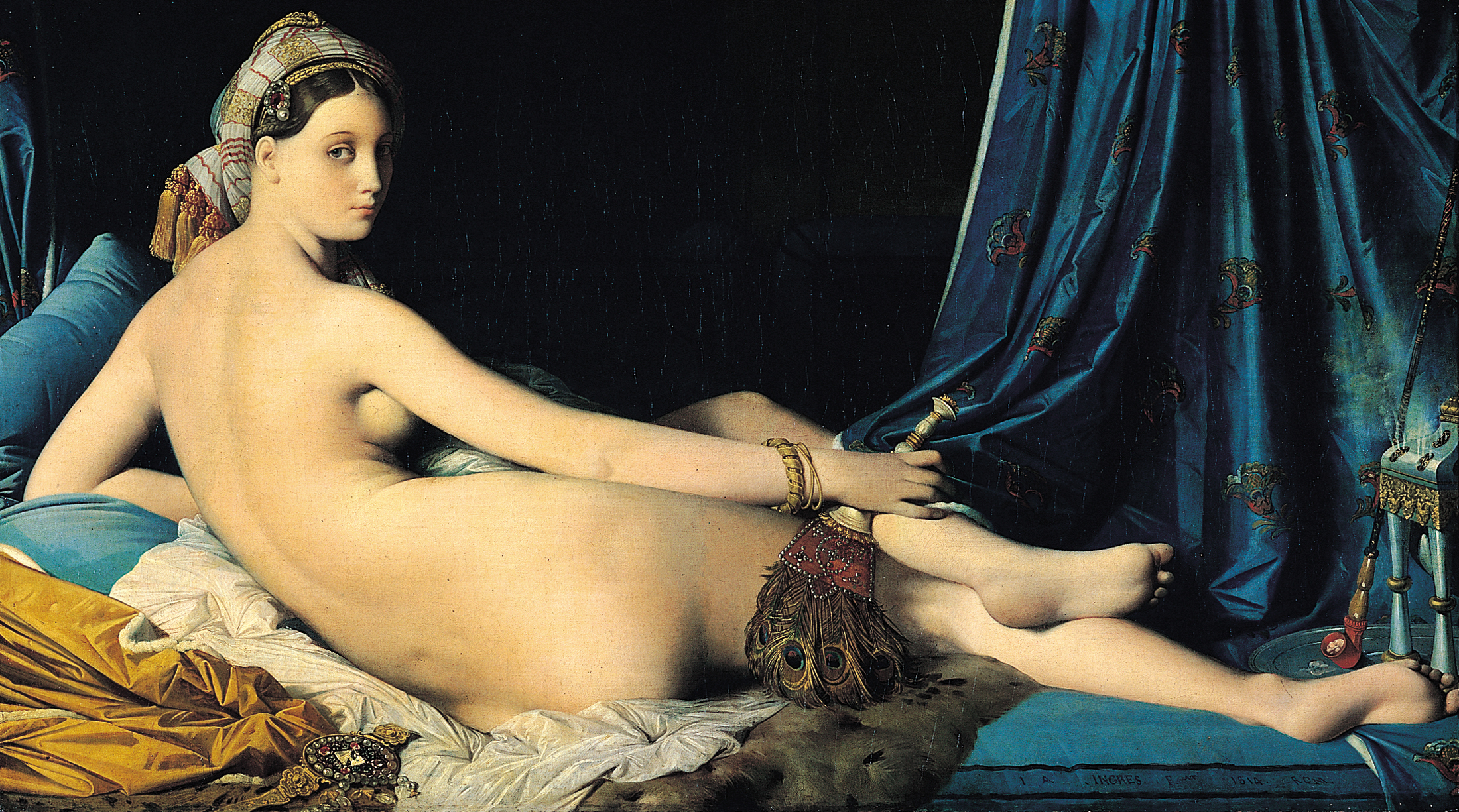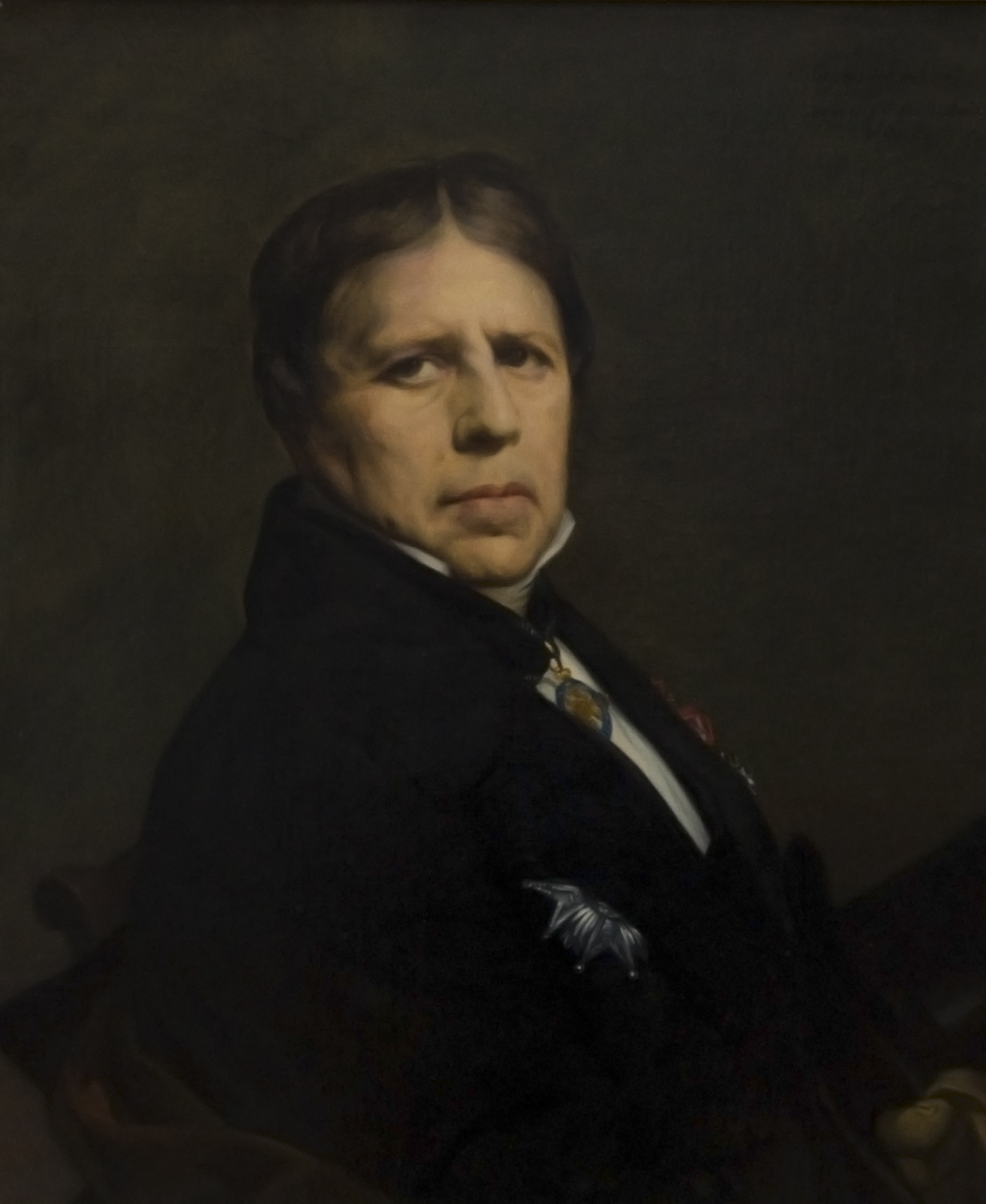Ingres' contemporaries considered this work to signify Ingres' break from Neoclassicism, indicating a shift toward exotic Romanticism. Grande Odalisque was widely criticized when it was first shown, especially for the elongated proportions and lack of anatomical realism. The small head, elongated limbs, and cool color scheme all reveal influence from Mannerists such as Parmigianino. Ingres favored these long lines to convey curvature and sensuality and used abundant, evenly distributed light to diminish anatomic volume. Critics at the time believed the elongations to be anatomical errors by Ingres, but recent studies have shown the elongations to be deliberate distortions. Measurements taken of the proportions of living women showed that Ingres's figure was drawn with a curvature of the spine and rotation of the pelvis impossible to replicate in life. It also showed the left arm of the Odalisque is shorter than the right. The study concluded that the figure was five vertebrae longer compared to the anatomical structure of the human body. For these deliberate distortions to convey grace and sensuality, Ingres continued to be criticized for his work until the mid-1820s.




Grande Odalisque
oil on canvas • 91 × 162 cm
 Jean-Auguste-Dominique Ingres
Jean-Auguste-Dominique Ingres